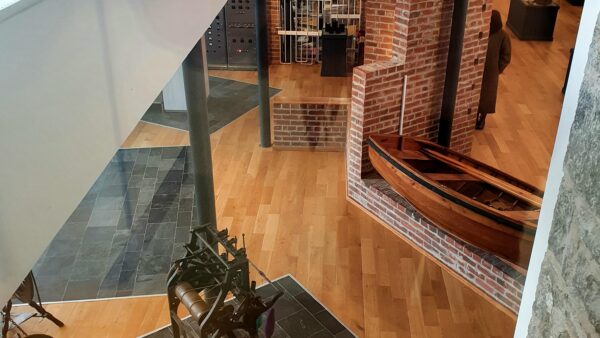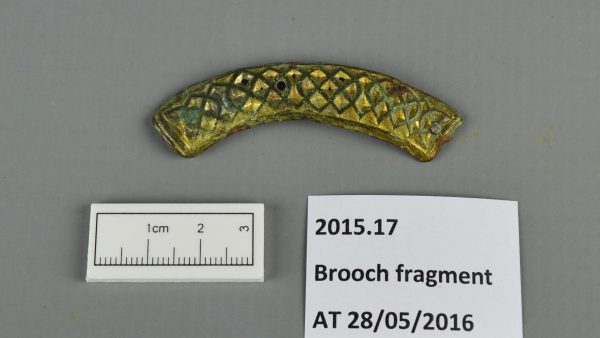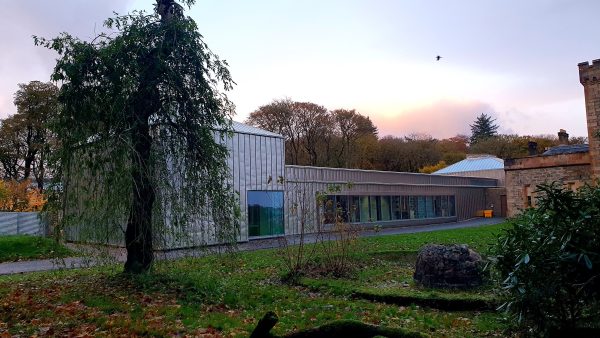
An Iron Age Galleried Dun: Dunan Ruadh, Pabbay
Update 5 on the ‘Sònraichte’ Project by Sam Ferrer, Project Officer
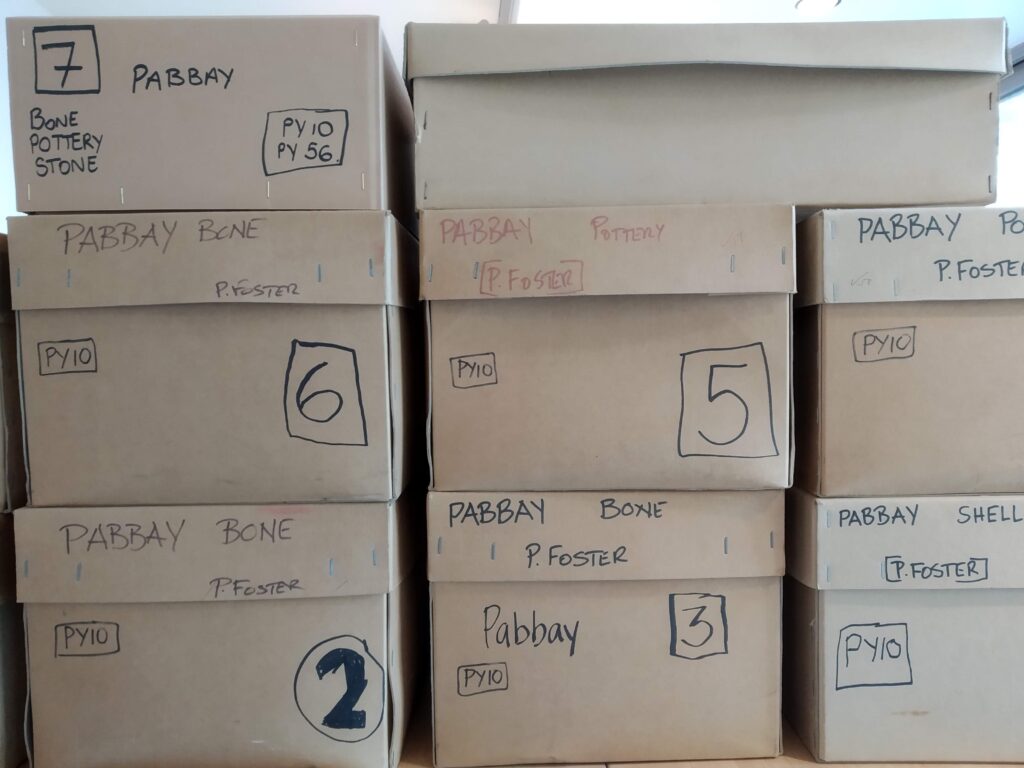
Galleried Duns
There’s something unique about the archaeology of the Iron Age in Scotland: the Galleried Dun. These are unique to the landscapes of Northwest Scotland, a dry-stone structure (which means no use of any mortar or binding material) with a circular plan. They have an outer wall within which a circle of stone ‘piers’ forms a base of lintel arches that support the roof. Its shape resembles a wheel. Dunan Ruadh is a great example.
Dunan Ruadh, Pabbay
Dunan Ruadh dates back to the first millennium BC. It is located in a heavily eroded promontory just north of Rosinish, on the Isle of Pabbay, a small island between Mingulay and Sandray.
Due to its location and the potential for destruction, a rescue excavation started in 1996 with two seasons until 1998. It was part of the Sheffield Environmental and Archaeological Research Campaign in the Hebrides (SEARCH). The various recovered finds help us reconstruct and interpret how the people lived in the Iron Age.
The finds and what can they tell us about the past
The assemblage is part of the archaeology collections of Museum nan Eilean, and I’ve been working on it for the last few weeks. Here are some examples of what’s in it and what they can tell us about the Iron Age.
The pottery assemblage
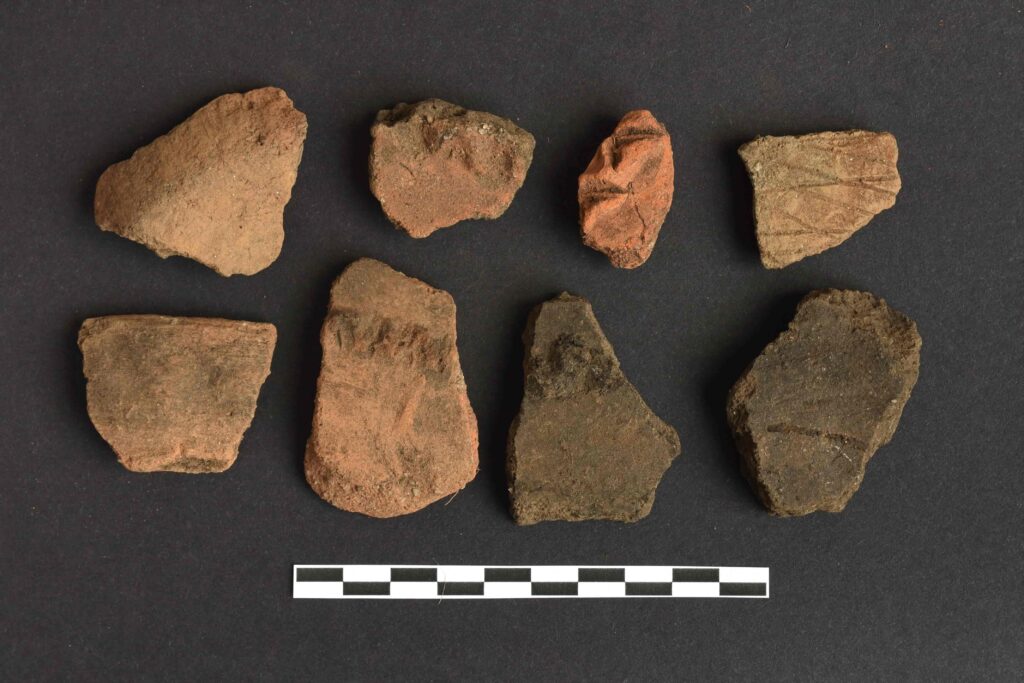
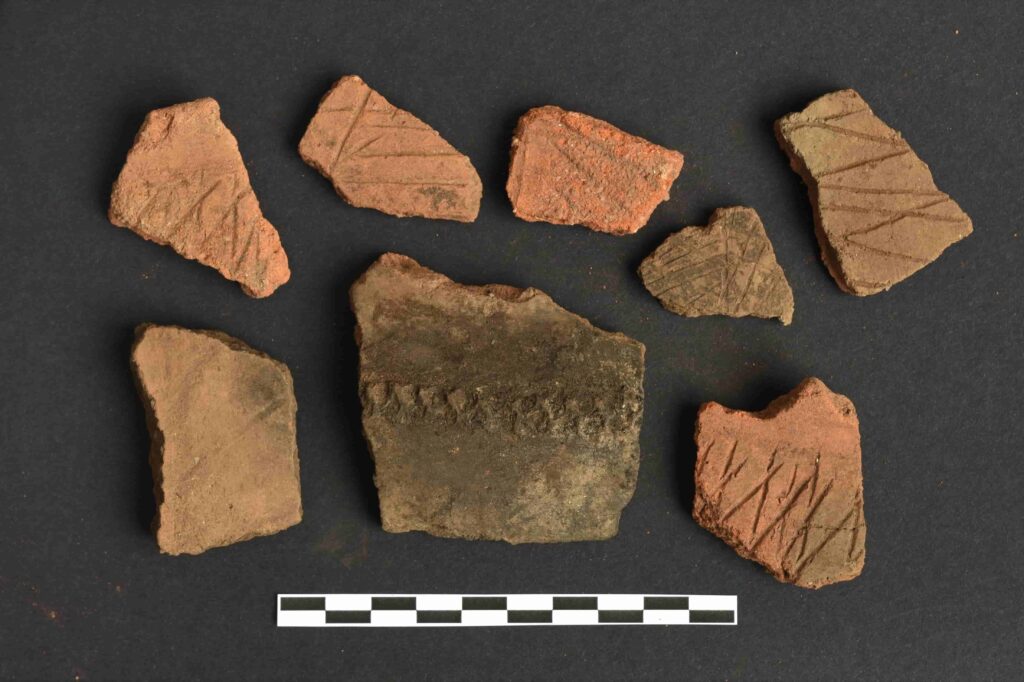
Usually, pottery is the most represented find in archaeology. And that’s the case on Pabbay, where we have a rich Iron Age pottery assemblage.
The decorated sherds only make up 8% of the whole pottery assemblage. However, this still shows us a typical Iron Age pottery decoration. The main decoration types used are incised, applied and impressed.
The most common is the linear incised decoration, created using a sharp tool to create an incised design on the vessel, such as chevrons, tramlines, lattice, and parallel or vertical lines. There’s also a type of decoration that consists of applied cordons around the vessel’s body, making different designs. Finally, the less common decoration is impressed, creating a design using dots, fingers and ring stamps.
The worked bone




All resources were considered essential during the Iron Age, and very little went to waste. The reuse of consumed animal bones as tools was a common practice. Functional objects dominate the worked bone assemblage from Dunan Ruadh: knife handles, chisels, points, a spoon, and toggles, but also an undecorated pin.
Spindle whorls and discs
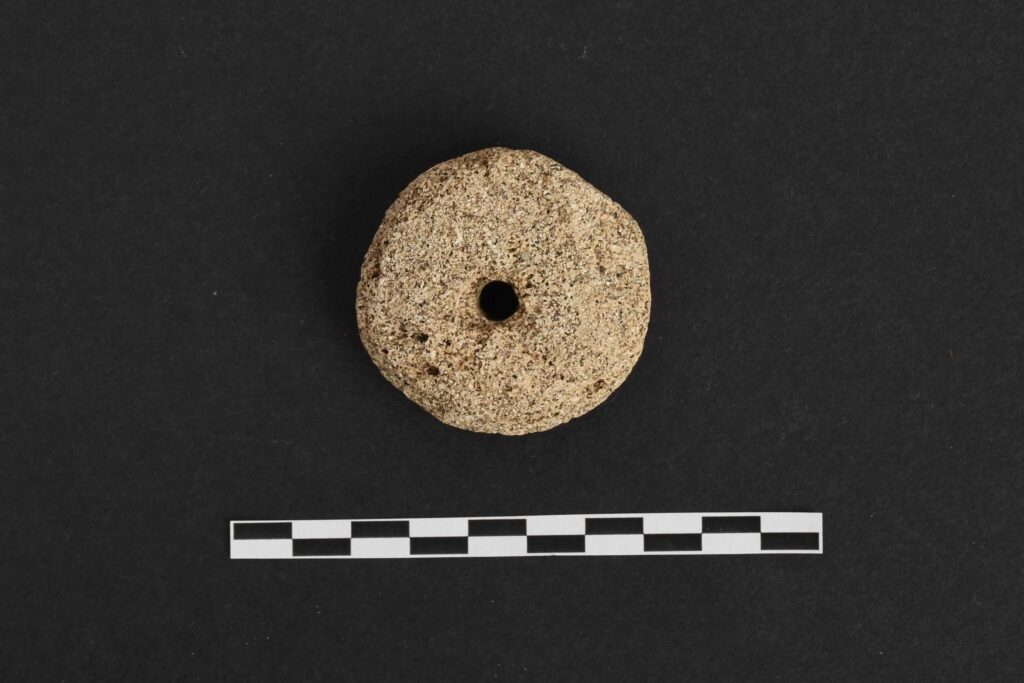

Spindle whorls are small perforated weights from wooden drop spindles. Usually, they’re made of stone, bone, or repurposed pottery sherds. Spindle whorls are the best evidence of textile making on a site and enforce the interpretation of animal exploitation, in this case, wool from sheep.
In Dunan Ruadh, we have three spindle whorls, two made from sandstone and one made of pottery.
The faunal remains
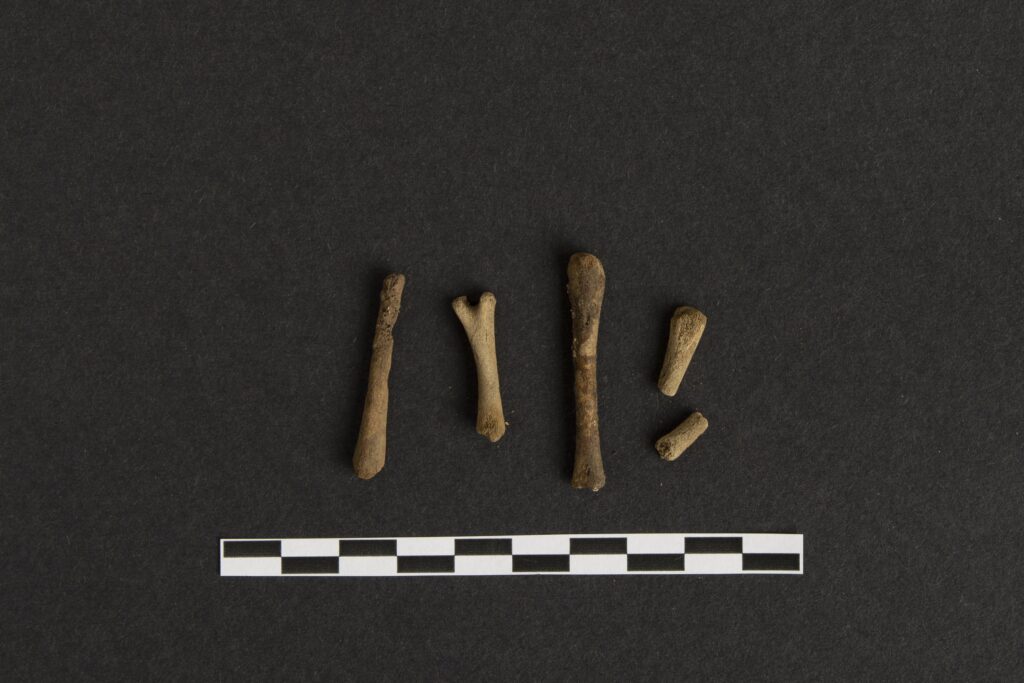
The site of Dunan Ruadh in Pabbay has an extraordinary assemblage of animal bones, helping us understand animal exploitation during the Iron Age. There was a reliance on sheep husbandry. As expected, cattle were used for dairy products, while pigs were exclusively kept for meat. A small proportion of wild species provided extra meat, and deer antlers were used to create tools. Additionally, seals were hunted for their skins and cetacea for their bones. Seals, whales & dolphins would have been exploited for meat and other products.
Curiously, researchers point out that the assemblage might suggest a community with sustainability problems based on the age of death of the adult animals, the low proportion of pigs and the few wild species represented. It would appear that it was hard to keep domestic animals in a small area, and fishing must have been essential to survive. Did Dunan Ruadh have a dietary preference for fish? From the fishbone evidence, saithe were likely caught, processed and stored for later consumption or trade.
Summary
The small but rich assemblage of Dunan Ruadh gives us an insight into the life of a galleried dun during the first millennium AD. These finds are a real treasure and an important asset to Museum nan Eilean’s archaeological collections.
If you want to know more about the research carried out at the site during the excavations, visit the references here, and if you’re researching the Iron Age on the Western Isles, please get in touch to find out how we can help you.
The Sònraichte Project is funded by Museums Galleries Scotland.
This article was originally posted on our blog on 14/12/21
